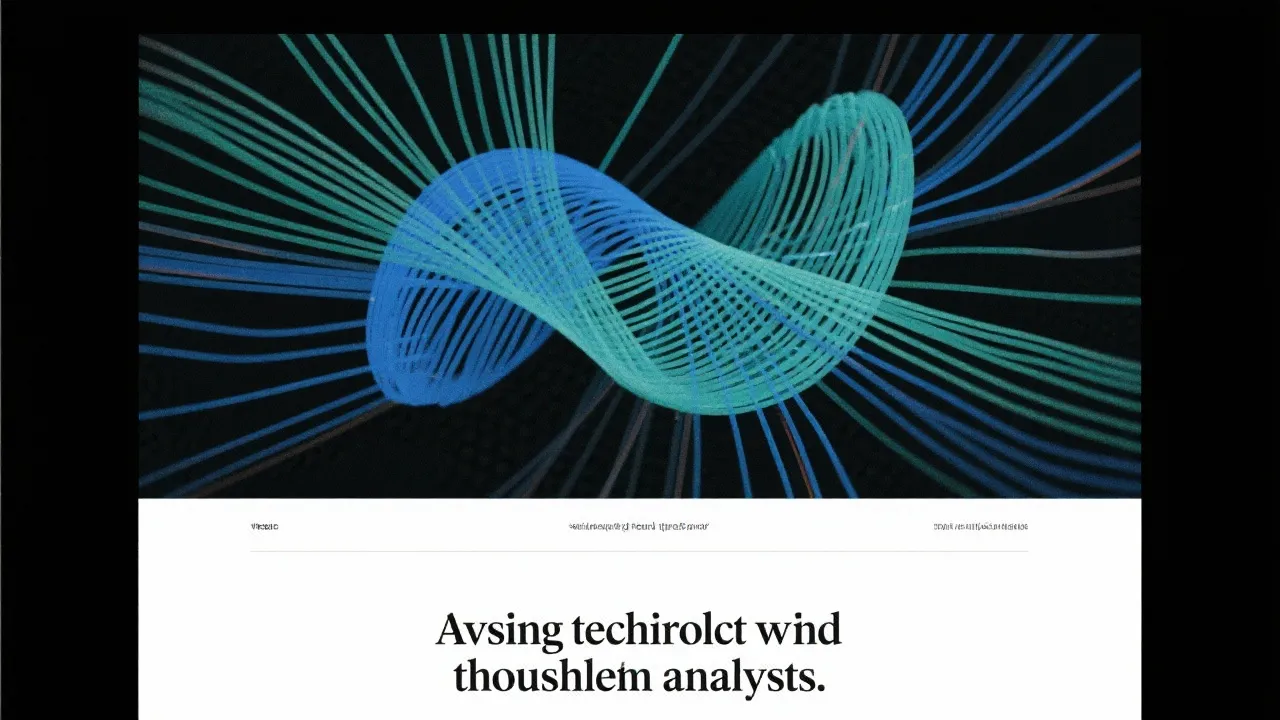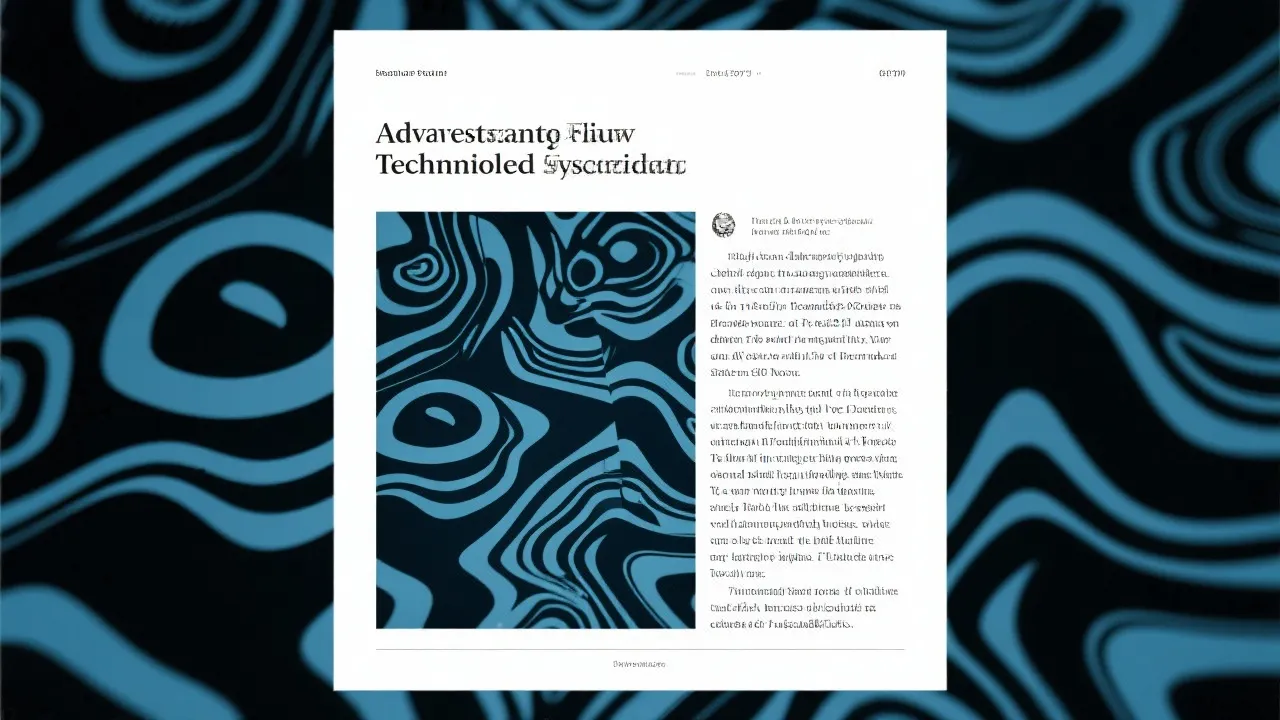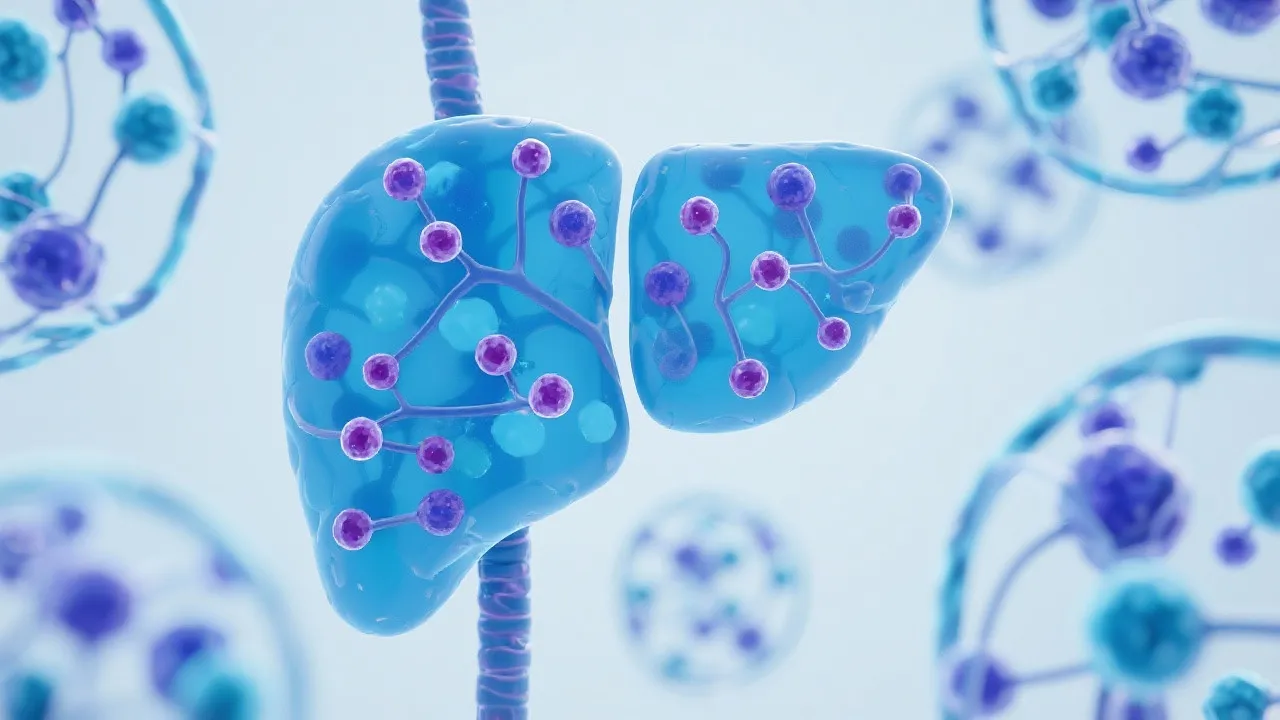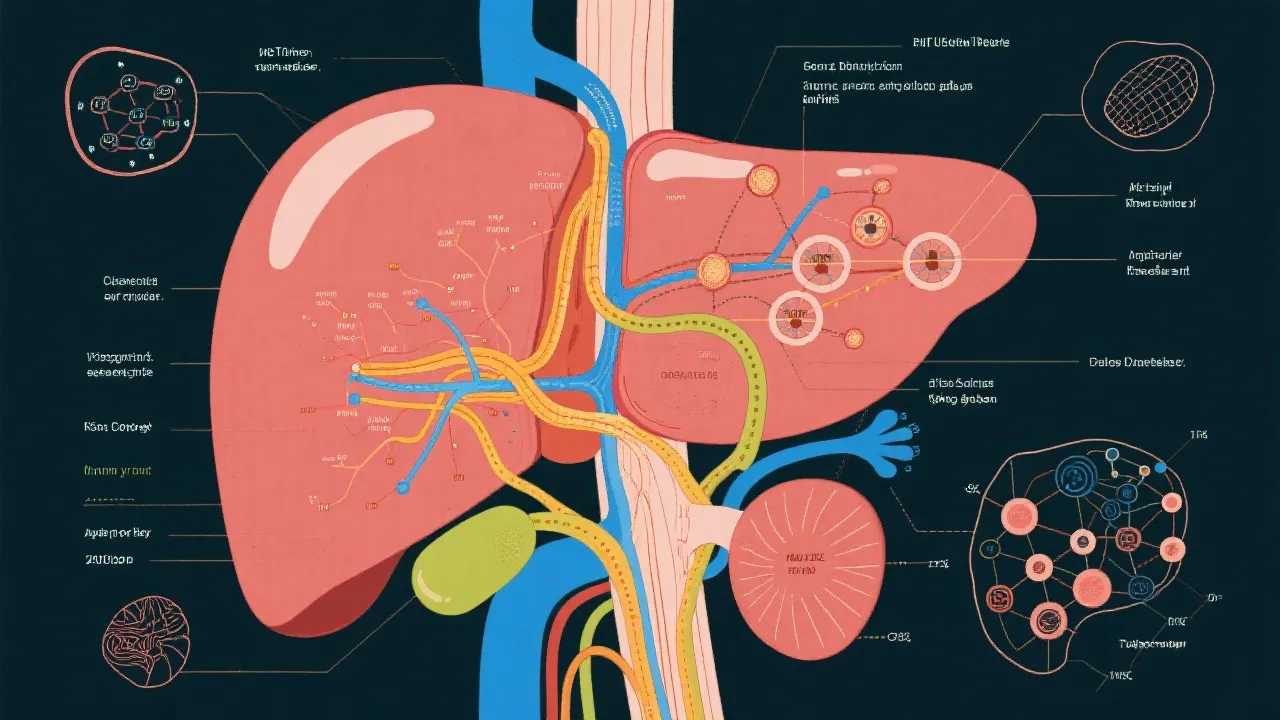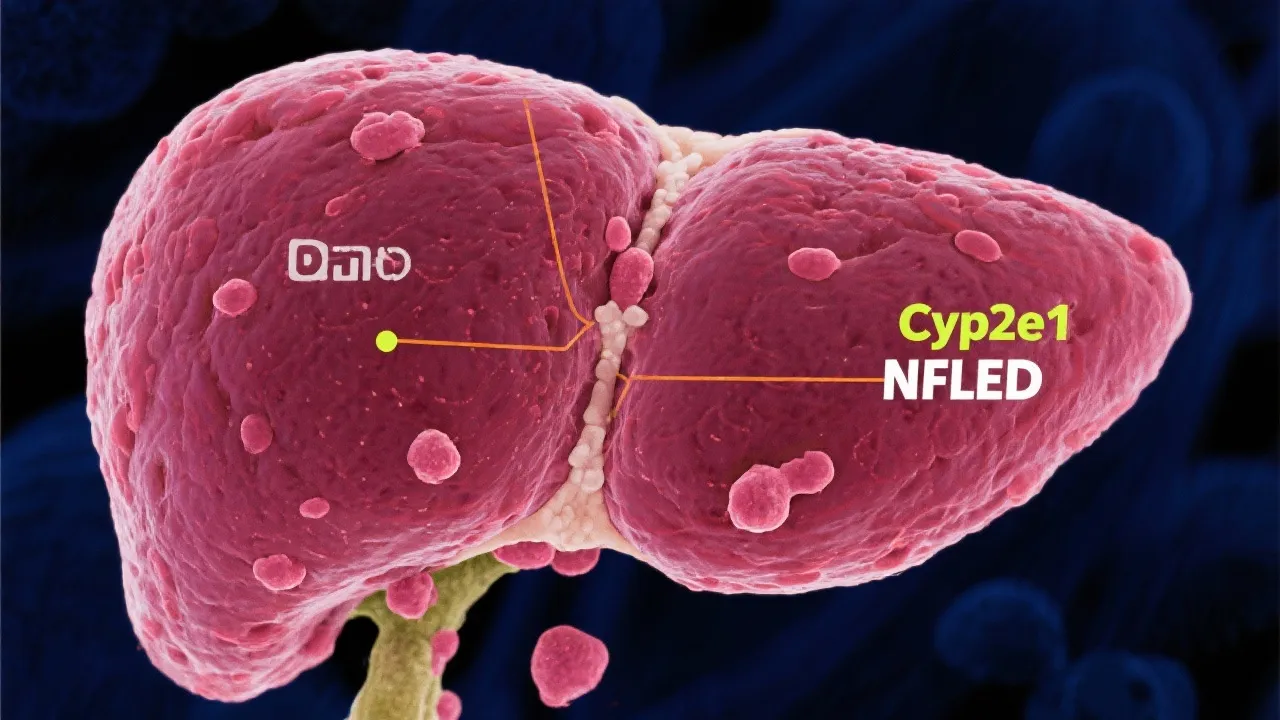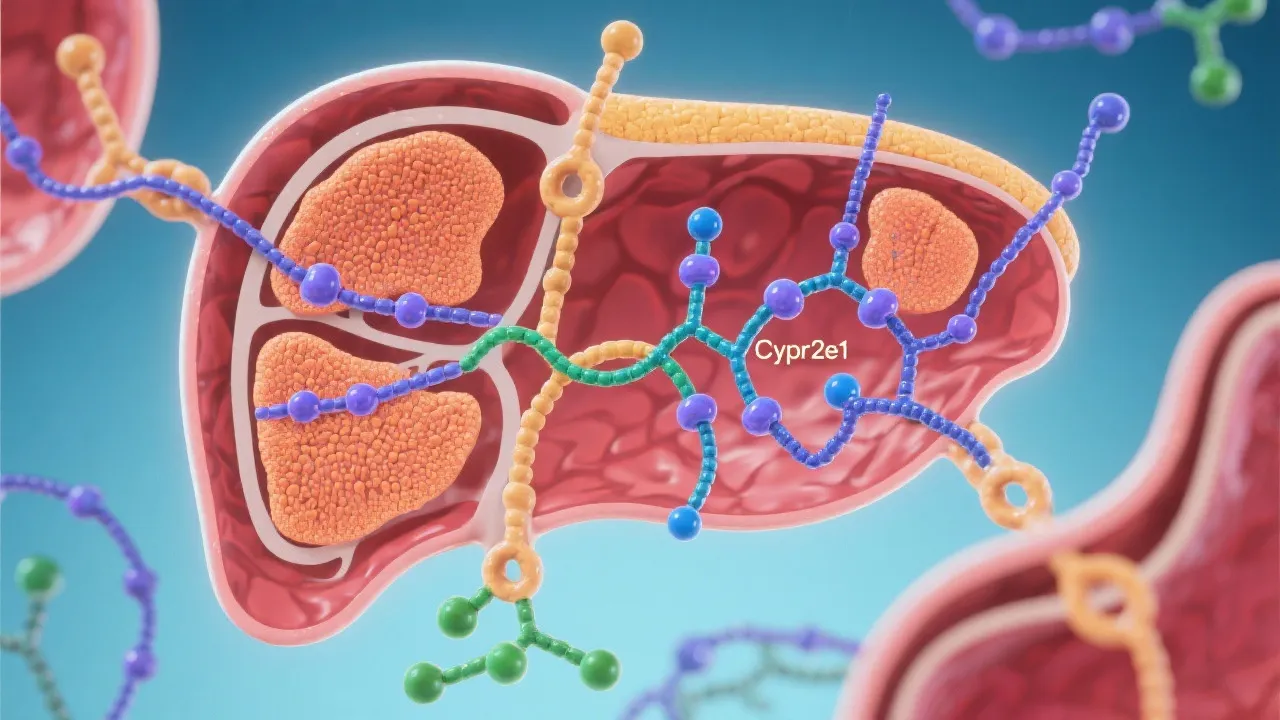Cyp2e1 and NAFLD Implications
This guide delves into the pivotal role of the Cyp2e1 enzyme in the progression and treatment of Non-Alcoholic Fatty Liver Disease (NAFLD). Understanding these biochemical processes is essential for advancing therapeutic strategies. NAFLD is a significant liver disorder affecting many people globally, characterized by fat accumulation in the liver without significant alcohol consumption.
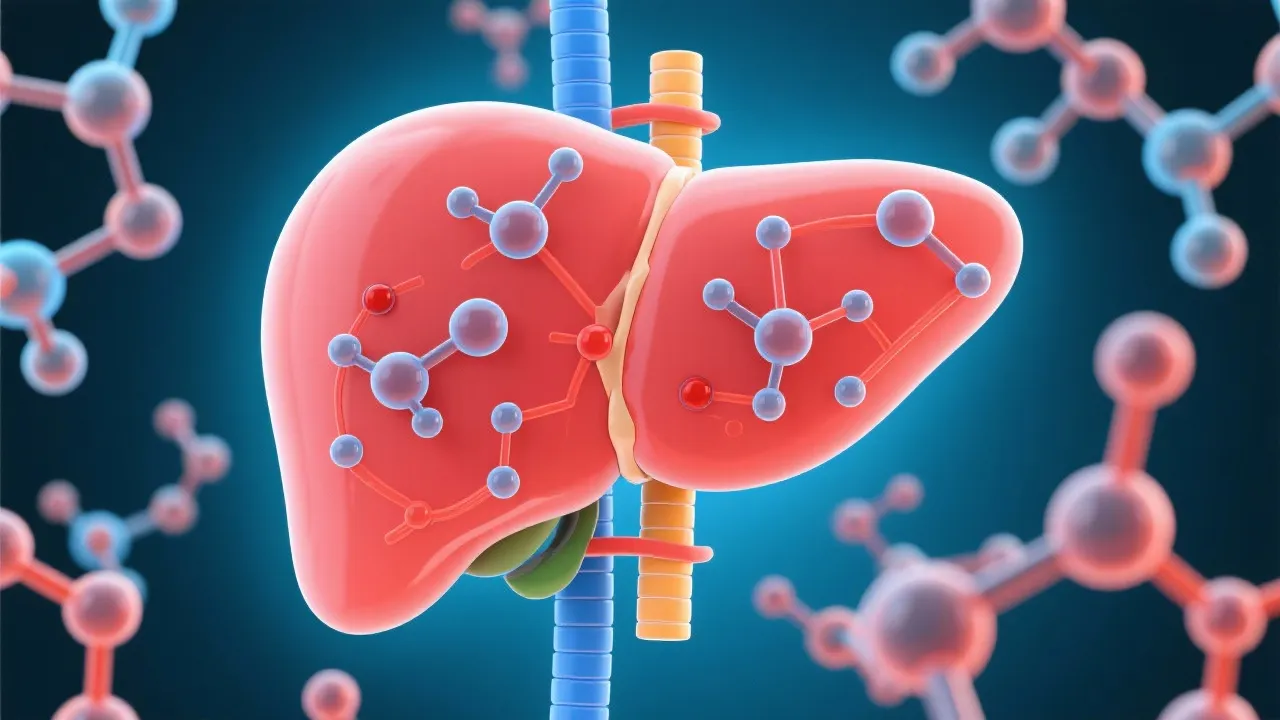
Introduction to Cyp2e1 and NAFLD
The study of Cyp2e1 in the context of Non-Alcoholic Fatty Liver Disease (NAFLD) has surged in recent years, reflecting growing concerns about liver health. As an enzymatic entity, Cyp2e1 is profoundly implicated in metabolic processes and oxidative stress, which are critical in the pathogenesis of NAFLD. This article provides a comprehensive examination of the relationship between Cyp2e1 and NAFLD, its consequences, and insights for future therapeutic strategies.
Understanding NAFLD
Non-Alcoholic Fatty Liver Disease is one of the most prevalent liver disorders in the modern world, affecting approximately 25% of the global population. This increasingly common condition is characterized by excessive fat buildup in liver cells, often linked to obesity, diabetes, and metabolic syndrome. Unlike alcoholic liver disease, NAFLD occurs with minimal or no alcohol consumption, making it a distinct and significant health concern. The spectrum of NAFLD encompasses a range of severity, from simple steatosis to non-alcoholic steatohepatitis (NASH), which can progress to more severe complications such as cirrhosis and hepatocellular carcinoma.
Understanding NAFLD requires delving into its etiology, risk factors, and the biological mechanisms that underlie its progression. The condition is compounded by contemporary lifestyle practices, including diet high in saturated fats, sedentary behaviors, and rising obesity rates. Recent studies suggest that genetic predisposition also plays a pivotal role in determining individual susceptibility to NAFLD, as polymorphisms in genes related to lipid metabolism can influence the extent of hepatic fat accumulation.
Cyp2e1: The Enzymatic Role
Cyp2e1, a member of the cytochrome P450 family, plays a critical role in the metabolism of various endogenous and exogenous substances. Its expression in the liver significantly impacts drug metabolism and the bioactivation of hepatotoxicants. Moreover, Cyp2e1 is involved in the generation of reactive oxygen species (ROS), which can contribute to oxidative stress—a key player in liver damage and the progression of NAFLD.
This enzyme has a unique characteristic; it is primarily inducible and expresses higher levels when the liver is exposed to certain substrates, such as alcohol, acetaminophen, and various xenobiotics. This inducible nature makes Cyp2e1 a double-edged sword—while it facilitates the metabolism and clearance of potentially harmful substances, it can also lead to increased oxidative stress when overexpressed. This paradox is particularly relevant in the context of NAFLD, where excessive lipids and free fatty acids can activate Cyp2e1, further enhancing oxidative stress and contributing to liver damage.
Biochemical Pathways and Implications
The connection between Cyp2e1 and NAFLD is intricately linked to the enzyme's ability to modulate oxidative stress pathways. When overexpressed, Cyp2e1 increases the production of ROS, leading to lipid peroxidation, mitochondrial dysfunction, and inflammatory responses—these are chronic factors that exacerbate liver injury and promote the progression of NAFLD. Oxidative stress from Cyp2e1 activity can also influence hepatic insulin signaling pathways, thus creating a vicious cycle where fat accumulation leads to further hepatic dysfunction.
Another critical factor in the relationship between Cyp2e1 and NAFLD is its interaction with fatty acid oxidation processes. Cyp2e1 has been shown to play a role in the metabolic shift from beta-oxidation to de novo lipogenesis in the liver, which can further exacerbate fat accumulation. Understanding these pathways reveals potential intervention points where therapeutic agents could mitigate the harmful effects of Cyp2e1 overactivity.
Potential Therapeutic Strategies
Understanding the mechanistic pathways of Cyp2e1 provides avenues for therapeutic interventions in NAFLD. Antioxidants that mitigate oxidative stress have shown potential benefits in preliminary studies. For instance, compounds such as vitamin E and phytochemicals have been researched for their ability to reduce oxidative damage in the liver by neutralizing ROS and enhancing antioxidant defenses.
Inhibitors targeting Cyp2e1 activity present another therapeutic tactic. Several small molecules have been identified that can effectively inhibit Cyp2e1, thereby reducing its catalytic activity and the resultant oxidative stress. However, the maintenance of metabolic homeostasis is equally crucial, as indiscriminate inhibition of this enzyme might disrupt normal metabolic functions, leading to unintended consequences such as impaired drug metabolism or altered lipid profiles.
Furthermore, lifestyle interventions such as weight management, dietary modifications, and exercise are foundational strategies that complement any pharmacological approaches targeting Cyp2e1. Recent research underscores the importance of a balanced diet rich in omega-3 fatty acids, which have demonstrated protective effects against liver fat accumulation, potentially countering the effects of Cyp2e1 induced oxidative stress.
Comparative Insights
| Element | NAFLD Context | Cyp2e1 Role |
|---|---|---|
| Pathogenesis | Fat accumulation in liver cells. | Enhances oxidative stress and fatty acid oxidation. |
| Therapeutic Target | Reducing liver fat content and oxidative damage. | Inhibition can decrease liver damage. |
| Prevalence | High in obese and diabetic populations. | Increased activity in metabolic disorders. |
| Prognosis | Risk of progression to cirrhosis and hepatocellular carcinoma. | Potential to modify disease course through targeted therapies. |
Challenges and Future Directions
The critical challenge lies in balancing the enzymatic functions of Cyp2e1 with the need for therapeutic intervention. Future research must explore precision medicine approaches that consider the individual patient's genetic makeup, lifestyle, and environmental factors affecting Cyp2e1 activity and NAFLD outcomes. Advances in biotechnology and molecular medicine hold promise for developing more effective targeted therapies, which may include gene editing techniques to modify Cyp2e1 expression or its regulatory networks.
In addition, longitudinal studies are necessary to understand the long-term implications of targeting Cyp2e1 in patients with NAFLD. These studies could clarify potential adverse effects and provide a clearer picture of how interventions might influence not only liver health but also overall metabolic homeostasis.
Addressing the socio-economic factors that contribute to NAFLD is also vital. Education programs aimed at promoting awareness about diet, physical activity, and the importance of routine health check-ups can significantly impact the prevalence of NAFLD. Moreover, interdisciplinary approaches involving nutritionists, endocrinologists, and hepatologists can optimize management strategies for patients at risk.
FAQs
- What is Cyp2e1? Cyp2e1 is an enzyme involved in metabolizing several drugs and toxins and plays a crucial role in liver oxidative stress.
- How does Cyp2e1 affect NAFLD? It contributes to disease progression through increased oxidative stress and inflammation in the liver, exacerbating fat accumulation and liver damage.
- Are there treatments targeting Cyp2e1 for NAFLD? Potential treatments include antioxidants and specific enzyme inhibitors, though further research is required to establish their efficacy and safety.
- Why is understanding Cyp2e1 important for liver health? Insight into Cyp2e1 activity helps develop strategies to mitigate liver damage and improve patient outcomes in diseases like NAFLD.
- What lifestyle changes can help manage NAFLD? Maintaining a healthy weight, adopting a balanced diet low in saturated fats, and incorporating regular physical activity are essential in managing NAFLD.
- Can Cyp2e1 be genetically modified in patients with NAFLD? While genetic modifications hold potential, current clinical applications are limited. Research is ongoing to determine the feasibility and ethical implications of such interventions.
The exploration of Cyp2e1’s role in NAFLD continues to be a defining frontier in hepatic medicine. With ongoing research and innovation, the ultimate goal remains to devise effective interventions that harness or modulate this enzyme's activity to combat NAFLD, reflecting an era of promise in personalized liver health management. The integration of molecular research, clinical practices, and patient education will be paramount in addressing the NAFLD epidemic and formulating strategies that not only treat but also prevent the progression of liver disease, ultimately leading to better health outcomes and improved quality of life for affected individuals.
